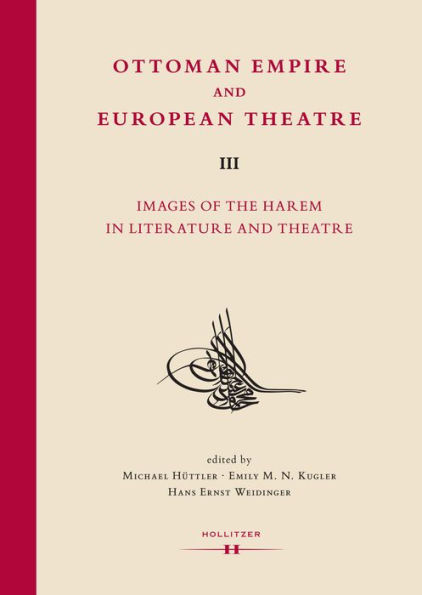On 3 May 1810 George Gordon, Lord Byron, swam like the mythic Leander from Sestos on the European side of the Hellespont to Abydos on the Asian shore. The hero of his poem "Don Juan" has lived in “feminine disguise” in the sultan's harem for more than a century. To commemorate Byron's Don Juan, the third volume of the "Ottoman Empire and European Theatre" series focuses on the image of the harem in literature and theatre. Nineteen international contributors explore historical conceptions of the Ottoman harem and seraglio in British, French and South East European sources from the late seventeenth to the nineteenth centuries. Contributions by Jennifer L. Airey, Gönül Bakay, Michael Chappell, Anne Greenfield, Isobel Grundy, Bent Holm, Michael Hüttler, Hans Peter Kellner, Emily M. N. Kugler, Andreas Münzmay, Domenica Newell-Amato, Walter Puchner, Marian Gilbart Read, Käthe Springer, Stefanie Steiner, Laura Tunbridge, Himmet Umunc, Hans Ernst Weidinger, Mi Zhou.



